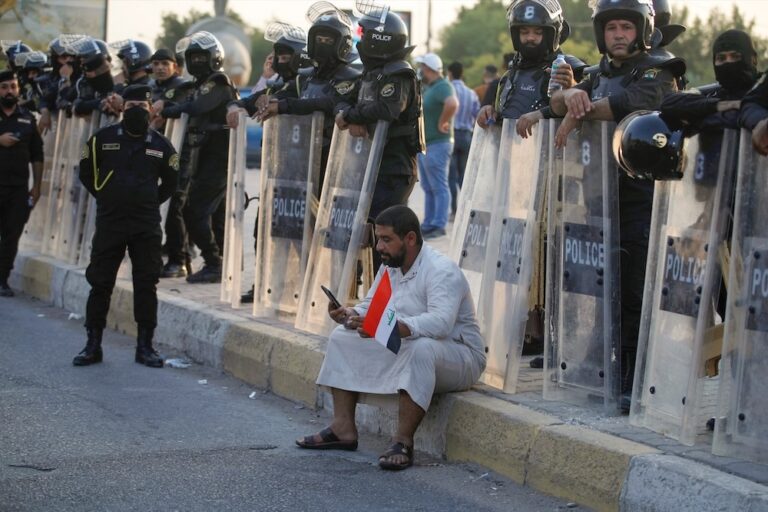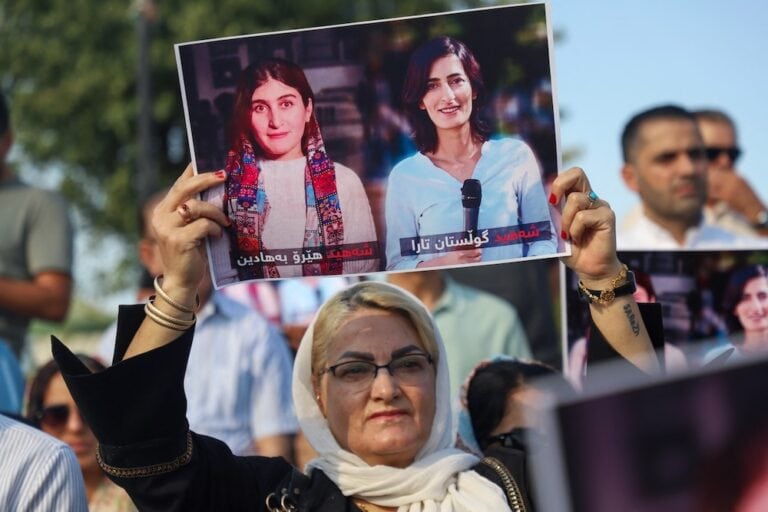The authorities closed the station's offices in Baghdad, Kerbala and Basra in connection with its coverage of a hostage-taking in a Baghdad church.
(RSF/IFEX) – 2 November 2010 – Reporters Without Borders condemns the 1 November 2010 decision by the Iraqi authorities to close the Baghdad, Kerbala and Basra bureaux of Cairo-based satellite TV station Al-Baghdadia in connection with its coverage of the previous day’s hostage-taking in a Baghdad church, which ended in a bloodbath.
Two of the station’s employees, producer Haidar Salam and video editor Mohammed Al-Johair, were arrested under article 1/2/4 of the anti-terrorism law. Al-Johair was released on 2 November, after being held overnight, but Salam is still being held in an unknown location, Reporters Without Borders has learned from Al-Baghdadia representatives in Egypt.
“This decision by the authorities was hasty and disproportionate,” Reporters Without Borders said. “Before closing this TV station, there should have been an impartial investigation to establish to what degree the activities of its journalists influenced the outcome of the hostage-taking.”
The press freedom organisation added: “The authorities are making a mistake by targeting Al-Baghdadia. The station must nonetheless determine whether mistakes were made in its coverage of this tragedy. We call for the reopening of its bureaux and Salam’s release pending the result of the investigation.”
The Assyrian Christian church of Sayidat al-Najat (Our Lady of Salvation) was stormed by members of the Islamic State of Iraq, a local Al-Qaeda branch, as about 80 people were attending mass on 31 October. While holding their hostages, the militants spoke with Al-Baghdadia by telephone and were able to voice their demands on the air.
A total of 46 worshippers (including many women and children) and seven guards were killed in the course of the assault, which was one of the deadliest attacks ever on Christians in Iraq.
Despite being headquartered in Cairo, privately-owned Al-Baghdadia is an Iraqi TV station. It was launched in September 2005.


